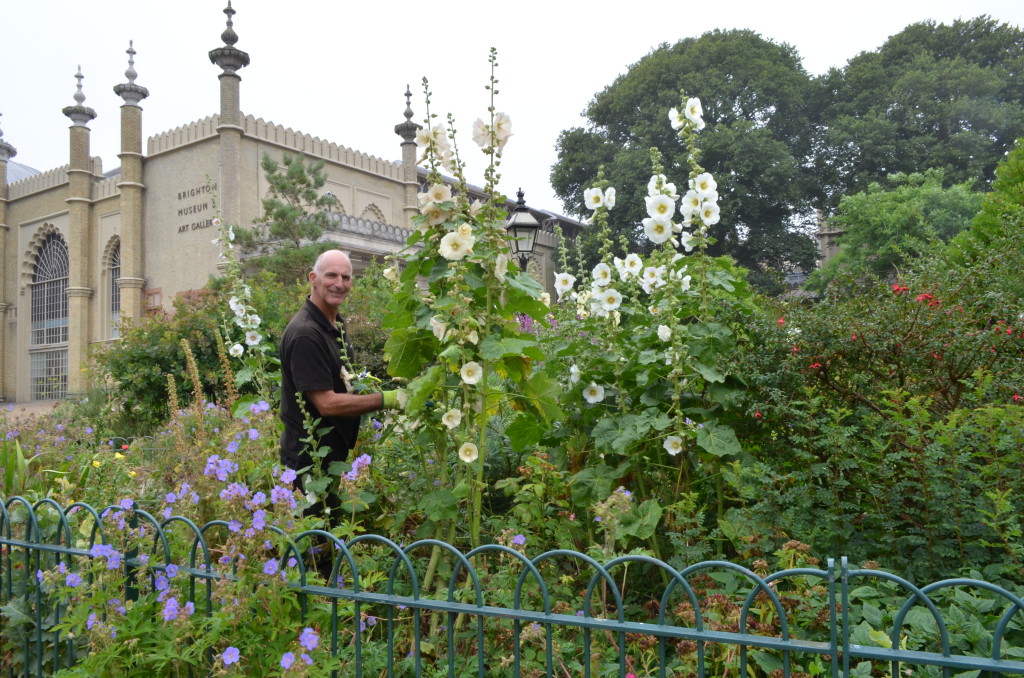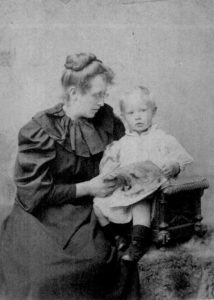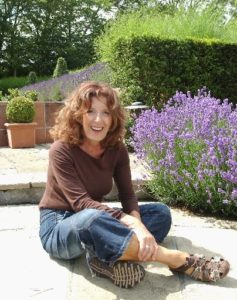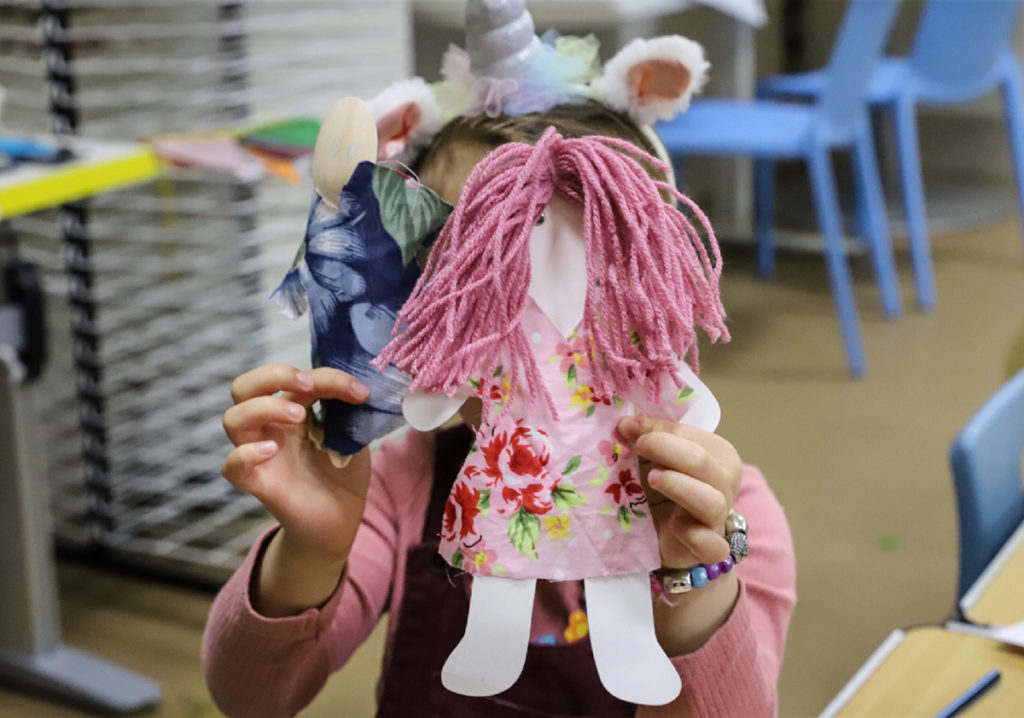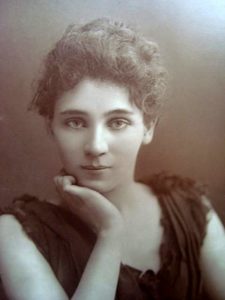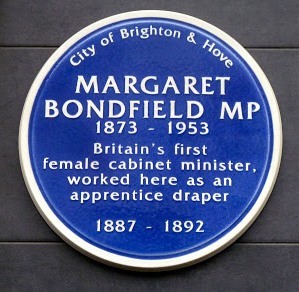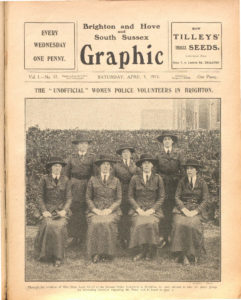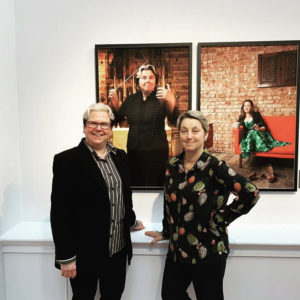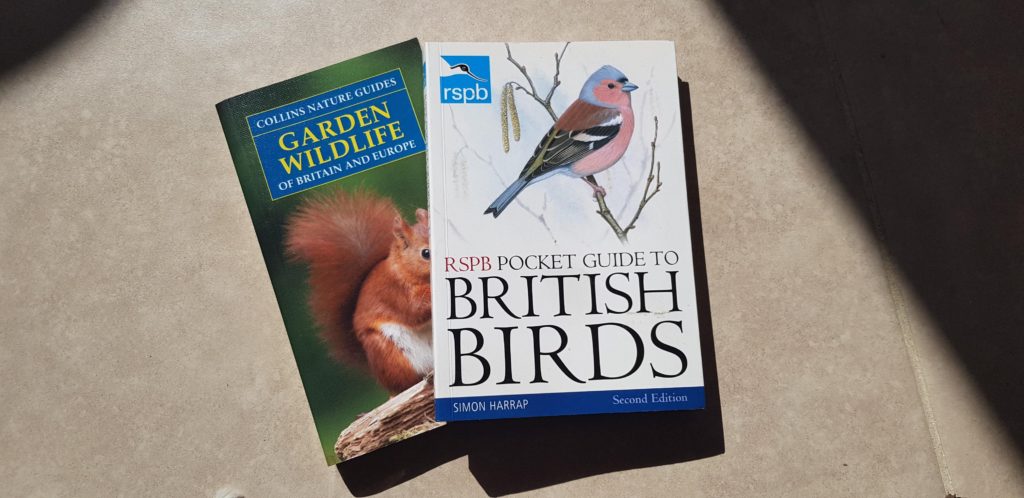
This is a legacy story from an earlier version of our website. It may contain some formatting issues and broken links.
The current lock down has dramatically decreased our freedom and confined many of us to home for most of the day. One thing it is currently impossible to do is visit museums, so many are now creating virtual content to keep our visitors engaged with their subject areas.
For a Natural History Museum, such as the Booth, it is an opportunity to encourage us all to observe the natural world in life rather than in death. While a lot of species are difficult to observe without specialist equipment, there are many animals that live right under our noses. Some are so common we simply ignore them, and others are too small to notice without pausing to look.
To encourage you to look at what’s in your garden, in the park (if you’re exercising at an appropriate distance from others), or even the view from the window of your flat, we’ll publish a series of blogs in the Nature at Home category about how you might look at these species in slightly more detail than you may have done when there were more distractions.
Equipment
This first blog discusses the equipment that you might find useful. It ranges from very cheap to more expensive. Some equipment may already be in your home, whereas the more expensive equipment is suitable if you’d like to learn new skills or take your observations to the next level.
For plants and many animals in the garden, especially larger insects and common birds, no equipment is required. However, if you have a pair of binoculars in the back of the cupboard it might be worth digging them out.
As many of the lifeforms and their features will be small, a method of magnification is worthwhile. Many of us have magnifying glasses at home, but if you have a smartphone this can also be a good way to see some of the smaller details. Perfect for sharing your more unusual finds on social media too! Photographs are also the best way to identify many things as it allows you to study the features of the animal or plant.
Identification guides are widely available online (some links at the end) and you may already have printed guides on your bookshelf. If you aren’t able to identify it, there are several useful sites to ask the wider community for help (again some links at the end).

For larger animals, especially birds (or mammals if you’re lucky enough to have them visiting your garden) binoculars are best. If you are keen on photography, a zoom lens will allow you to get good shots. This can be especially useful when the bird is just a bit too far away for you to see details with just the naked eye. If you have a bird feeder or even a flat surface to put out bird seed or nuts, you can focus your camera on that position in readiness for any visitors.
Some of the equipment used to take the photos illustrating the blog are pictured below. If you are keen to capture more images of the creatures in your garden, as practice before you head into the wider countryside after the lockdown ends, the equipment can all be purchased online, from a number of popular retailers.
Whilst it is often nice to just observe the visitors or resident life in your garden or urban environment, sometimes you may wish to record these observations more formally. Notepads are the easiest and most low-tech way to do this, or you can use apps on your phone, such as iNaturalist (which even tries to identify what you’ve seen for you!)

Bird Spotters Notebook
The upcoming blogs will focus on different organisms to discover in your home, garden or park. You may have only glanced at them before, but we’ll be looking closely at the overlooked or unusual animals living there. Magnification can bring a whole new world to your attention too, making tiny creatures much more fascinating.
Equipment reference sheet:
Beginner: smartphone – a clip-on magnifier can help with close-up shots. Or a compact camera if you don’t have a good phone camera.
Intermediate: Olympus Tough camera – This specific point and shoot camera is highly recommended as it has a built-in macro lens for extra close-up capability. It is also waterproof!
DSLR Camera – best for enthusiasts/those looking to move into more serious photography. A 300mm zoom lens is a good (and relatively affordable) lens for getting closer pictures of garden birds.
Your eyes – this is the best way to a start, just paying attention to movement may treat you to behaviour you may not have observed before in common birds.
Binoculars: Cheap ones will do, but if you can afford it, higher quality binoculars will make observation of birds easier and more comfortable.
Magnifiers: A simple magnifying glass will work. Hand lenses can give better magnification but can be tricky to use. You can also get attachments for smartphones which give you the advantage of being able to capture the image.
- Identification and recording:
Notebooks, diaries or observation sheets/books. Alternatively, you can use digital versions such as google docs/notepad etc.
Identification guides. You might already own printed books or sheets. Alternatively, there are good online resources for these too.
Some suggestions are:
Birds: Eco Kids Planet Handy Guide to the UK’s Top 10 Garden Birds and RSPB Identify a Bird
Insects: Wild About Gardens Wild Bee Action Pack
Butterflies and Moths: Cross-Pollination Butterfly and Moth ID Guide
Some other Insects: Cross-Pollination Flies and Other Insects ID Guide
Plants: Trees: Woodlands Guide to British Trees
Wildflowers: Waitrose Garden Spring Flowers / Spring Wild Flower Guide
Fungi: Wild Food UK Mushroom Guide – Eating wild mushrooms are AT YOUR OWN RISK and we would not recommend it! Woodland Trust Types of mushroom in the UK: common identification guide.
Look out for the next post in the Nature at Home series when we’ll look at observing bird and mammal visitors to your garden.
All photos (unless stated) (c) Lee Ismail
Lee Ismail, Curator of Natural Sciences and Kerrie Curzon, Collections Assistant
